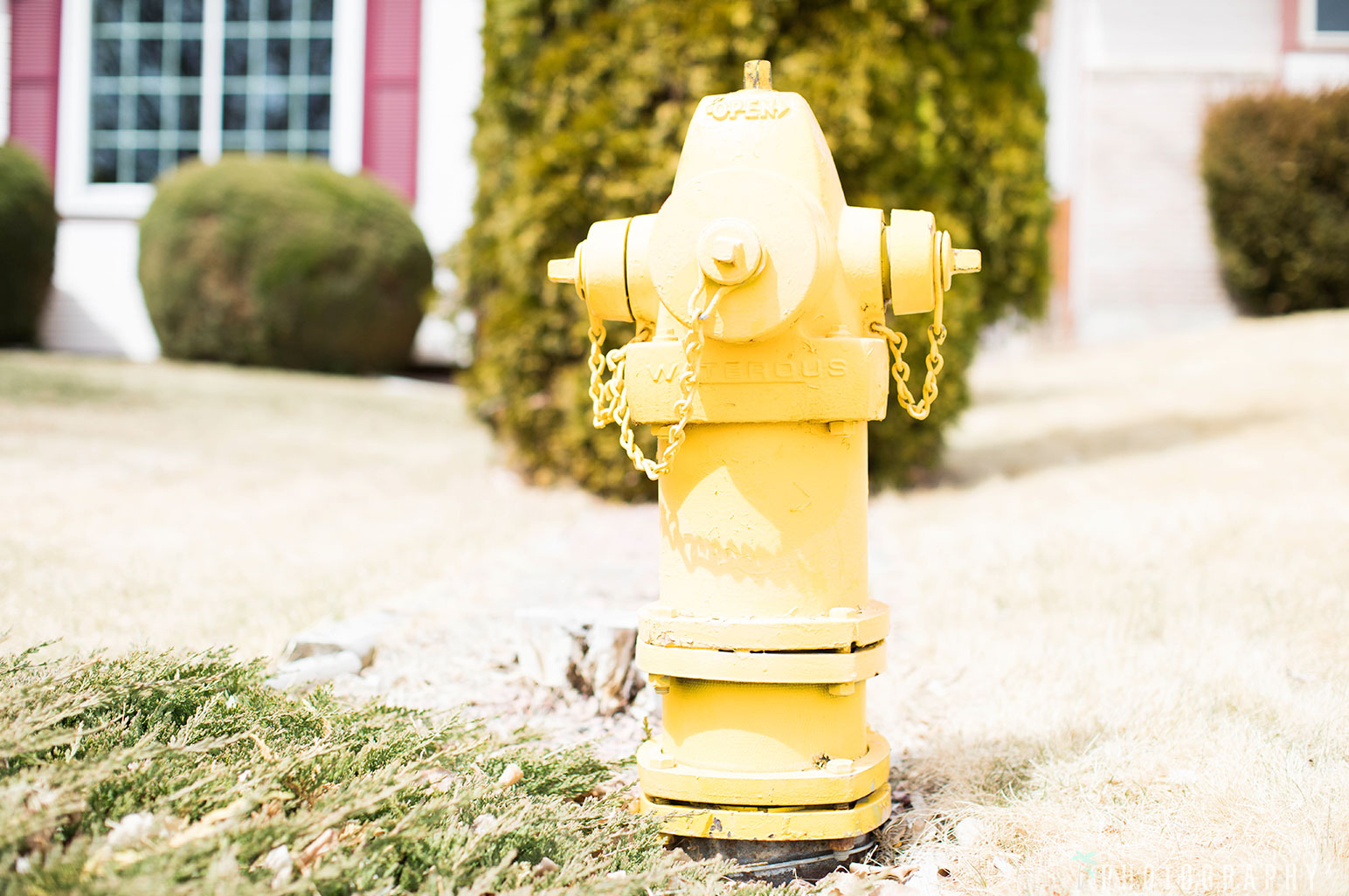
No one ever imagines that their home will go up in a fire. It can feel like a problem that belongs to a different place and time. However, it’s more common than you think. Every year, over two thousand people lose their lives to a house fire, and millions of dollars of damage is caused.
So how can you ensure that your family is safe and well, no matter what happens? Here are some tips to equip you with a proactive plan.

General facts about fires:
We don’t usually think about how very little time we’ll have to react to a fire. It only takes 30 seconds for a spark to become a roaring inferno. And an entire house can be engulfed in flames within just two minutes. That same house can go from a place that you live, love, and play, to a burned-out wreck in as little as five minutes.
House fires create air that’s about 100 degrees at ground level, and up to 600 degrees at eye level. And even more dangerous than the super-hot air or flames are the dangerous fumes that you inhale. Asphyxiation is the most common culprit of house-fire deaths, and fumes can make you confused and disoriented before any immediate danger of burns.
Alright, now that I’ve scared you, let’s talk about what you can do to protect your home.
About Your Fire Alarm
Your fire alarm is your first warning in the case of a house fire, especially one that happens when the household is sleeping or otherwise engaged. Fire alarms are required in residences in order for them to be up to code, but in our own homes, we aren’t always as vigilant about them as we should be. We might allow the battery to wear out and die, but forget to change it. We might forget about proper placement, or find them annoying because they keep going off when we burn something in the kitchen. Fire alarms save lives, and your home needs them as much as any other. They’re a key measure to keep you and your family feeling safe in your home, so make sure that they’re properly installed and maintained! Here’s how to ensure that they’re able to do their job:

- Check the batteries every 2 months by pushing the button and making sure there’s a response.
- Fire alarms should be placed on every level of your home, in the kitchen, the entryway, and inside and outside of sleeping areas.
- Make sure that your family understands what a fire alarm sounds like, and what to do if they ever hear it.
About Your Fire Extinguisher
The most common place for a house fire to start is in the kitchen, which is why it’s wise to keep a fire extinguisher somewhere nearby in your cooking area. If you rent, it might be a legal necessity for your landlord to provide a fire extinguisher. Otherwise, it might be up to you to ensure that this life-saving device is in the right place. If you’re not sure it’s strictly necessary, read here. Fire extinguishers are more effective in quelling a fire than water (especially if it’s a grease fire,) smothering, or baking soda. However, in the case of an emergency, would you actually know how to use it? Fire extinguishers are, of course, built to be easy to use in an emergency. But when you’re flustered, you’re not likely to take the time to thoroughly read the directions. In order to make your fire extinguisher a life-saving tool, rather than a mysterious bother, take these measures:
- Regularly check the expiration date on the extinguisher. Most will last 5 to 15 years. After that, they might work, but not at their peak performance. So, if yours has gathered an impressive layer of dust, check the label to make sure that it’s still effective.
- Review the directions, which should be very simply spelled out on the extinguisher. Make sure that you understand where to grab, and how to point.
- If you really want to be prepared, take the extinguisher for a trip outside and practice using it just a bit.

Reducing Fire Risk
There are things that you can do in your home to make a fire less likely, and to prevent a fire from spreading at the same rate it would otherwise. The first thing you need to know is that fire risk occurs any time you have a heat-generating object. Common culprits are candles, hair dryers, curlers, or straighteners, and incandescent lights. Anything in the kitchen can pose a fire risk, and so it’s especially important to take care while cooking, and to make sure that everything is properly turned off when you leave the cooking area.
However, there are also some sneaky culprits that you might not think about. Space heaters, furnaces, and clothes dryers can all cause fires if they’re not functioning properly, and they’re placed too close to other objects that could catch fire. And so, one thing that you can do to reduce fire risk in your home is to also reduce clutter, and make sure that any heat-generating appliance in your home is given a healthy cushion of space. Read here for some tips for a less cluttered home.

Safety Plan
In the end, no matter what you do, there’s still a risk of home fires. We can take every precaution and still find ourselves surprised. It’s important to have a safety plan for you and your family. As I said at the beginning of this article, you might only have two minutes to get everyone out safely. So next time you have some family time, walk through a fire safety plan together. Arrange a meeting place, practice identifying two possible exits for every room, review personal fire safety, take turns checking the smoke alarms, and decide how you can organize yourselves so that everyone is accounted for, with redundancies and specifically designated responsibilities.
